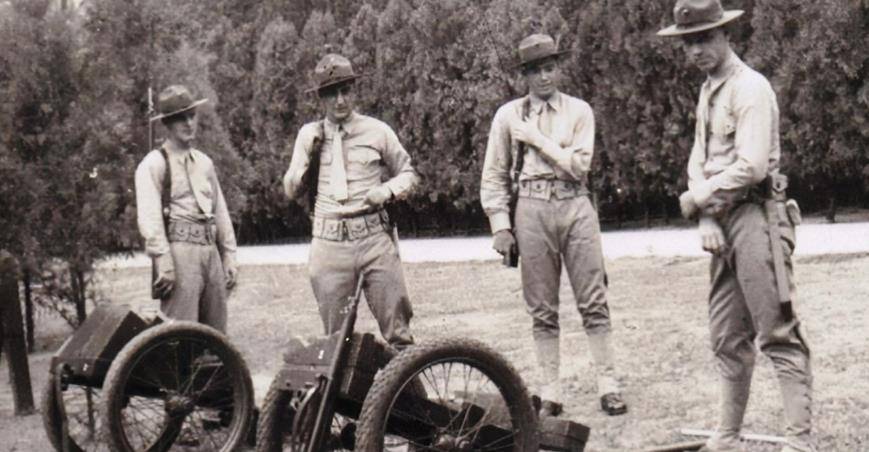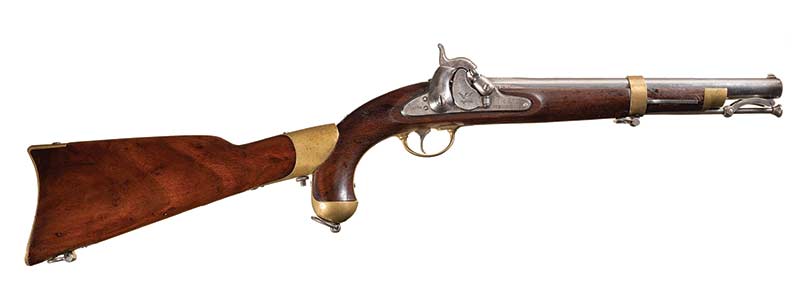
“I sure wish we would have to mix with some of the [Warlord] armies over here as I would like to see if they are good in a scrap” – Pvt John Black, 3rd Brigade USMC, Tientsin, 15 Dec 1927
Until February of 1938 the Marines did not maintain a permanent presence in Tientsin. The city on the Pei ho River (Hai River) with both road and rail access served as a natural gateway to Peking. In 1900, during the Boxer troubles the Marines did fight here and earned the respect of a number of their allies for their courage under fire.
Furthermore, until shortly after WWI they routinely used the city as a logistics center for gathering supplies off loaded at the shallow water ports of Taku and Tangku. In the 1920’s they occasionally occupied the city when fighting between local warlords threatened to cut off Peking from the outside world. But apart from Smedley Butler’s 1927-28 expeditionary force, they rarely stayed beyond a few weeks. Bulter redeployed his force from Shanghai and brought them to Tientsin because he feared the fighting between the Nationalist forces and the warlord armies might cut off Peking from the outside world.
Pvt Black summed up Butler’s mission in much simpler and cruder terms: “I think I will have to go to Peking again soon as there is quite some fighting there and I am one of many that is here to see that when these Chinks fight that they don’t mix with anybody that is white.” Black never had to fight his way to Peking and by January 1929 Butler’s Marines returned stateside, leaving on rather good terms with the Chinese. Follow this link to pictures of Butler’s activities in Tientsin.
10 Novemebr 1928, Gen Butler and American Minister to China John Van Antwerten MacMurray along with Chinese officals at a dedication to a Sino-American cooperation and friendship project to honor of the opening of a highway between Tientsin and Peking.
10th Artillery park outside Tientsin
A company on paradeInstead, Tientsin was an Army town, as elements of the 15th US Infantry garrisoned Tientsin from January 1912 until they were withdrawn in March 1938. At that time the Marines took over the 15th old post,remaining until forced to surrender to the Japanese on 8 Dec 1941.
A common misnomer is the Tientsin compound was originally German barracks vacated during WWI. Although the buildings the 15th and the Marines used were inside the old German concession, the buildings were originally built as a residential apartment complex. Associated with Tientsin was the deep water port city of Chinwangtao. Since Tientsin was a shallow draft port, larger ocean vessels such as US Navy transports had to dock at Chinwangtao.
Chinwangato became after WWI, the primary entry point for Marines coming to north China. In addition, the 15th Infantry maintained a training camp with artillery range at Chinwangtao.
When the Marines took over Tientsin in 1938, they also assumed control of this camp which they renamed Camp Holcomb. Since Camp Holcomb was close to Chinwangtao, Marines were immediately dispatched to covertly record Japanese movements in and out of the port following the outbreak of hostilities between the Chinese and Japanese during the summer of 1937. Like the Peiping Marines, the Tientsin-Chinwangtao Marines were surrendered at the start of WWII.
Following WWII the 1st Marine Division was based at Tientsin from 30 September 1945 until their September 1947 withdrawal. The 1st along with the 6th Marine Division at Tsingtao were tasked with disarming and removing Japanese forces from North China as well as protecting the approaches to Peking. For some brief excerpts and images of post WWII duty around Tientsin and Tsingtao click here.
Gordon Hall during the Great Flood of 1938. Photo courtesy of the Tim Brig Collection
Training on the parade ground. Photo courtesy of the Tim Brig Collection
Marines with their Cole Carts. Photo courtesy of the Tim Brig Collection
 Rare pre-WWII color images of the Tientsin Marines drilling on their parade field
Rare pre-WWII color images of the Tientsin Marines drilling on their parade field
Parade practice, 1938
Marine Guards, Camp Holcomb, 1938.



